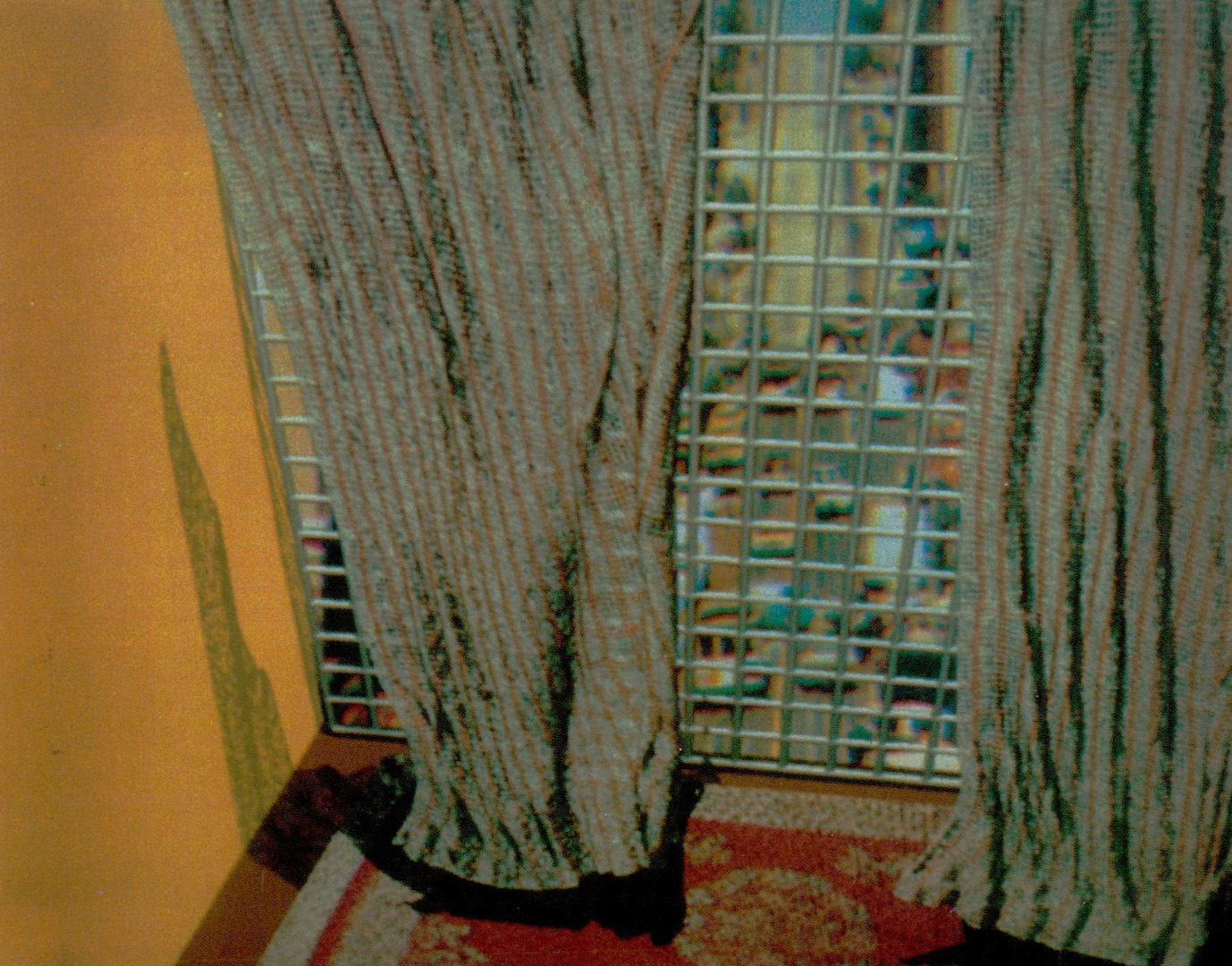“The synthesis of cloth objects” by Weil
Conference:
Type(s):
Title:
- The synthesis of cloth objects
Presenter(s)/Author(s):
Abstract:
In image synthesis, cloth objects such as clothes are most often modelled as textures mapped onto rigid surfaces. However, in order to represent such objects more realistically, their physical properties must be examined. This paper describes a method for modelling cloth material hanging in three dimensions when supported by any number of constraint points. The cloth synthesized with this model contains folds and appears more realistic than simple texture mapping. This paper also describes a method for rendering the cloth once its free-hanging shape has been determined.The computation of the surface of a free-hanging cloth is performed in two stages. The first stage approximates the shape of the surface which is interior to the constraint points, and the second stage performs a relaxation process on all points on the surface to arrive at a close approximation to its shape. The rendering of the surfaces is done using a ray-tracer which treats the surface as a mesh of line segments.
References:
1. Blinn, J., Computer Display of Curved Surfaces, University of Utah, Salt Lake City, December 1978.
2. Blinn, J., “Simulation of Wrinkled Surfaces,” Computer Graphic.~, Vol. 12, No. 3, August 1978, pp. 286-292.
3. Blinn, J. and Newell, M., “Texture and Refl6ction on Computer Generated Images,” Communications of the ACM, Vol. 19, No. I0, Oct. 1976, pp. 542-547.
4. Catmull, E., A Subdivision Algorithm for Computer Display of Curved Surfaces, University of Utah, Salt Lake City, December 1974.
5. Foley, James D. and van Dam, Andries, Fundamenta:s of Interactive Computer Graphics, Addison-~’~ley, Reading, Massachusetts, 1982.
6. Hathorne, Berkeley L., Woven Stretched and Textured Fabrics, Interscience Publishers, New York, 1964.
7. Hsu, M.B., “An Interactive Graphics Program For The Equilibrium Shape Determination For Tensioned Fabric Structures,” Engineering Software for Microcomputers, Proceedings of the First International Conference, Venice, italy, 1984, pp. 227-237.
8. Irvine, I-I. M., Cable Structures, M.{.T., 1981.
9. Kajiya, James T., “Anisotropic Reflection Models,” Computer Graphics, Vol. 19, No. 3, July 1985, pp. 15-21.
10. Miller, L., “Computer Graphics and the Woven Fabric Designer,” Computers in the World of Textiles, Annual World Conference, Hong Kong, Sept. 1984, pp. 634-644.
11. Physical Methods of Investigating Textiles, Edited by R. Meredith and J.W.S. Hearle, Textile Book Publishers, Inc., New York, 1959, pp. 211-278.
12. Rogers, David F. and Satterfield, Steven G., “B-Spline Surfaces for Ship Hull Design,” Computer Graphics, Vol. 14, No. 3, July 1980, pp. 211-217.
13. Tensile Structures, Edited by Frei Otto, M.{.T. Press, Cambridge, Massachusetts, 1967.
14. Whitted, Turner, “An Improved Illumination Model for Shaded Display,” C.CA/., Vol. 23, No. 6, June 1980, pp. 343-349.




